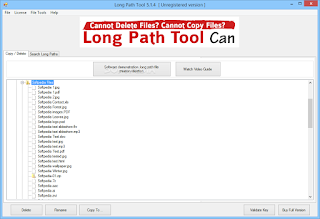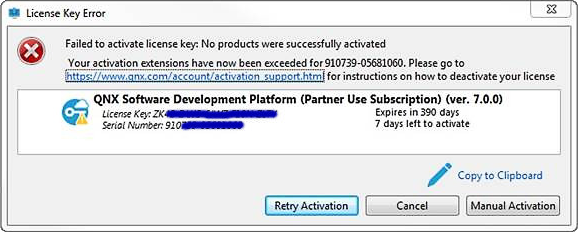

Confirm the license type with the information available in the Windows Script Host dialog.Quick tip: You can also use the same command syntax in PowerShell. Type the following command to determine the license type and press Enter: Search for Command Prompt, right-click the top result, and select the Run as administrator option.To find out whether your Windows 10 license is OEM, Retail, or Volume, use these steps:
#LONG PATH TOOL LICENSE KEY HOW TO#
How to check product key type installed on Windows 10 In this Windows 10 guide, we detail the steps required to find out if the license installed on your device is OEM, Retail, or Volume.

If you're thinking of reusing the same product key on another computer, or you're just wondering the type of license installed on your device, you can use the Windows Server License Manager Script (slmgr) command tool to find out. If you already have a local license for your Studio, but still want to connect it. For more information, see Activating with a License Key. See this guide on other methods to find your Windows product key, how to activate DriveLock License on Windows Server, and how to find your Windows 10 Product key. This activation can be done both online or offline. The Software Licensing Management Tool (slmgr) commands are used to enable advanced Windows activation tasks (change, uninstall, or install) your product key. This type of license activates the Enterprise Edition of Studio. Although you can use this license multiple times on different computers, you can't transfer it with the device when the system changes ownership, and you're not allowed to activate devices that aren't part of the organization. You can activate Studio with a stand-alone Enterprise trial or license key. Usually, a Volume license allows organizations to use one master product key to activate any installation of Windows 10. A Volume license is designed for a large business, education, and government scenario.


 0 kommentar(er)
0 kommentar(er)
